10 product discovery best practices for 2025
Written by
Editorial TeamPublished on
Check out these product discovery best practices for 2025 and make sure that your customer’s journey from browsing to buying is smooth, engaging and personalized to their needs. (Ad)
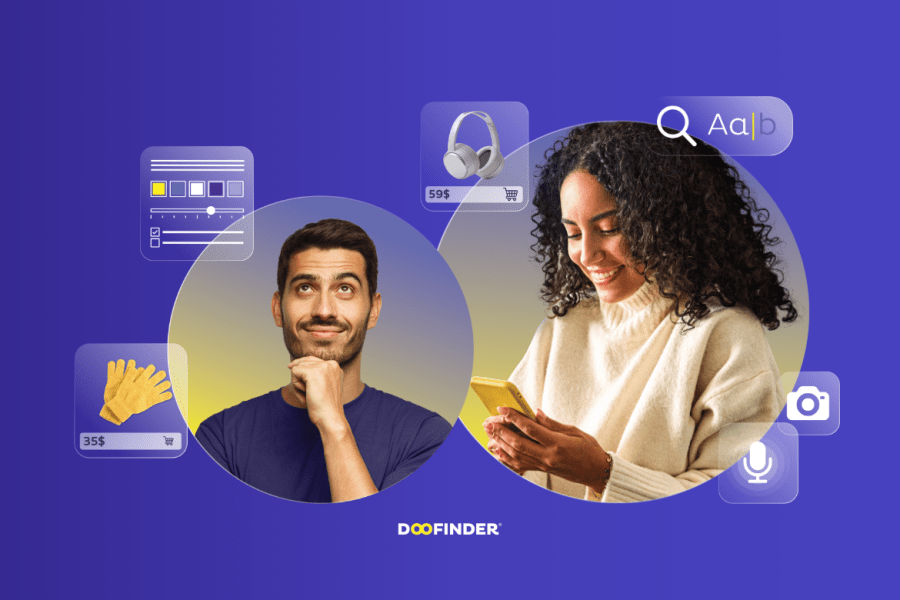
Commercial collaboration
Imagine it’s 2025. You’re sitting at your desk, monitoring a dashboard that lights up with real-time data as customers explore your site. A visitor, let’s call her Emma, opens your site on her phone while waiting for her morning coffee. She’s browsing for home office decor, but she’s not quite sure what she wants yet. Your job as an eCommerce manager? Make sure Emma’s journey from browsing to buying is smooth, engaging, and—most importantly—personalized to her needs.
Now, let’s rewind to today. We’re in the middle of a revolution in how consumers discover products. The way Emma interacts with your site in 2025 will be a reflection of the strategies you put in place now. So how can you ensure that Emma, and every other customer, find the exact product they didn’t know they needed? Let’s walk through 10 product discovery best practices that will shape the future of eCommerce.
1. AI-Driven Personalization
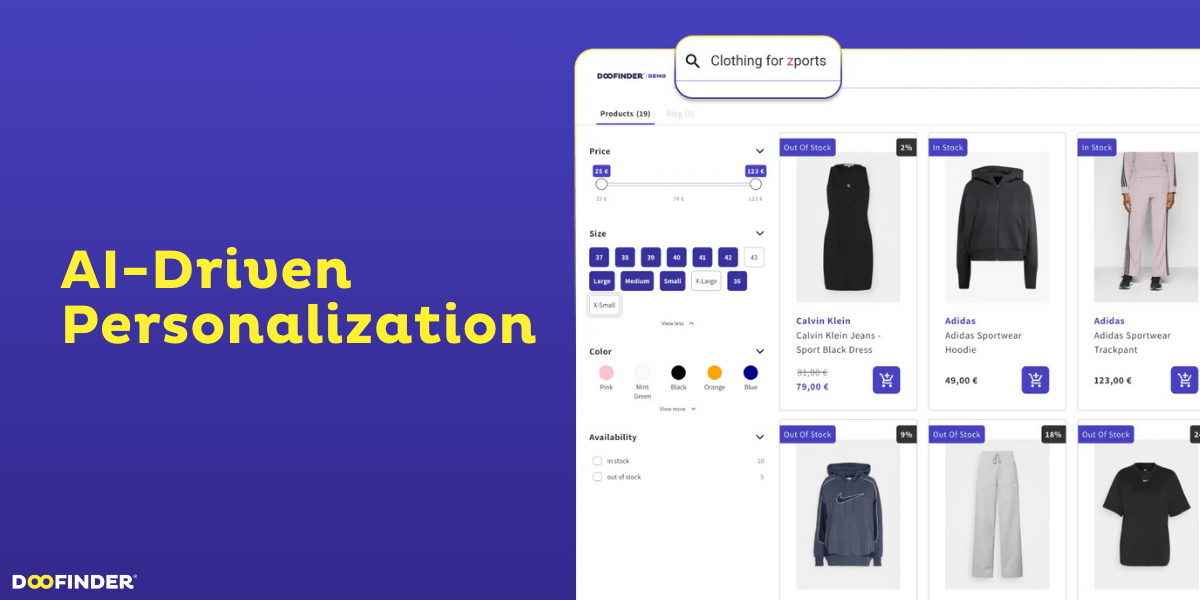
Picture Emma scrolling through your website. Instead of a one-size-fits-all homepage, she sees personalized recommendations tailored to her past browsing history. That’s AI-driven personalization in action.
By 2025, AI won’t just be a nice-to-have—it will be at the core of every successful product discovery strategy. AI tools will track user behavior in real-time, continuously adapting recommendations to match each customer’s unique tastes. For Emma, that means seeing the exact type of minimalistic desk accessories she’s been eyeing, as though your site had been reading her mind.
Best practice: Build or integrate an AI-powered search and discovery solution into your platform that can analyze user data, from browsing patterns to social media interests, in real-time. The goal? Create a personalized shopping experience that feels more like a trusted friend’s advice than a digital catalog.
2. Voice Search

Let’s switch gears. It’s later in the day, and Emma, still on the hunt for the perfect decor, is driving home when she remembers she needs to order a standing desk. Instead of pulling over to type out a search, she casually asks the voice search feature on your site, “What’s the best standing desk for small spaces?” Within seconds, your store’s top recommendation is in front of her, and a purchase is just a click away.
Voice search is exploding, and by 2025, it’s going to be a major part of product discovery. As people grow more comfortable talking to their devices, the way they shop will fundamentally shift.
Best practice: Make sure your product listings are optimized for natural language search. Think about how Emma speaks when she’s searching—she’s probably not saying “modern standing desk small space.” She’s asking, “What’s the best standing desk that fits in a tiny apartment?” Structure your content accordingly.
3. Visual Search
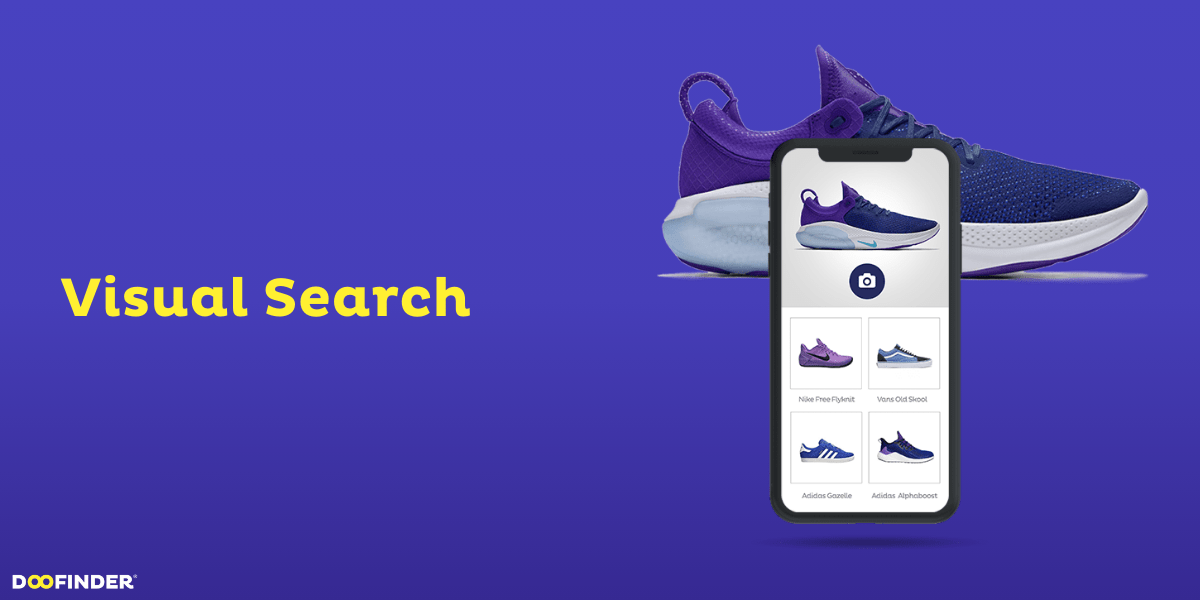
Imagine Emma has just seen a home office inspiration post on Instagram and loves a desk lamp in the background. Instead of typing out a vague description, she snaps a picture and uploads it to your image search feature, which immediately finds a similar product in your store.
By 2025, visual search will be an essential feature on all eCommerce sites. With customers increasingly relying on images rather than text to find products, you’ll need to optimize for this new mode of discovery.
Best practice: Make sure your images are high quality and well-tagged. If Emma can’t find your product with a visual search, she’ll move on to a competitor. Implement visual search tools to give customers like her a way to connect inspiration with your products.
4. Omnichannel Discovery

Emma doesn’t just shop on your website. Sometimes, she browses on her phone, other times she’s in-store, and occasionally she checks out your Instagram feed. In 2025, eCommerce managers will need to offer a consistent product discovery experience across all these channels, allowing Emma to start her journey on one device and finish it on another without any friction.
Best practice: Build an omnichannel strategy that ensures an optimized product discovery experience, whether it’s on desktop, mobile, or in-store. Imagine Emma seeing a product online, picking it up in-store, and then getting a personalized email suggesting complementary items. Consistency across platforms will make all the difference.
5. AI Product Recommendations
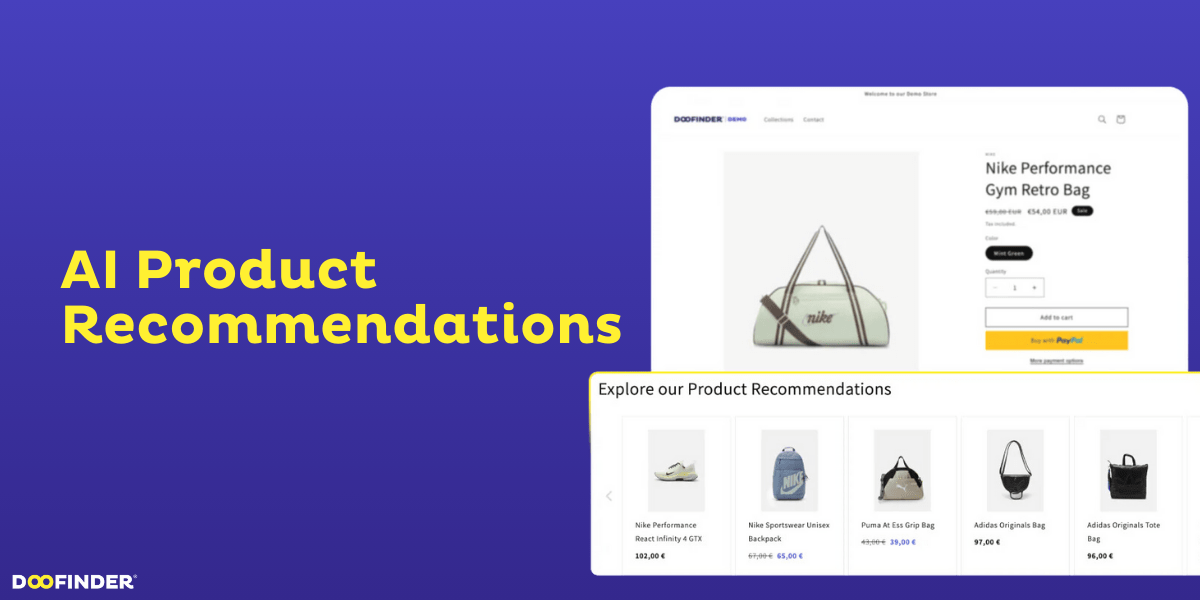
Now let’s zero in on something crucial for Emma’s experience: product recommendations. Think of a time when Emma is casually scrolling through your site without a specific product in mind. Maybe she’s just browsing, or maybe she’s exploring different ideas for her home office. What turns Emma’s casual scroll into a conversion? That’s where AI-driven product recommendations step in.
In 2025, AI-powered product recommendations will go far beyond suggesting similar items. These systems will learn Emma’s preferences, browsing behavior, and even what people with similar tastes are buying. For instance, if Emma’s been looking at minimalist home office furniture, your AI engine might suggest not only complementary items like a sleek desk lamp but also products she didn’t know she needed, like a plant that pairs perfectly with the decor.
The real magic is in how these recommendations evolve. The more Emma shops, the more intelligent and helpful the recommendations become.
Best practice: Incorporate AI-powered recommendation engines that don’t just focus on individual products but understand the full context of your customers’ shopping habits. Create a recommendation system that feels like it’s anticipating Emma’s needs before she even realizes them. This will boost engagement, improve customer retention, and, most importantly, drive conversions.
6. Searchandising
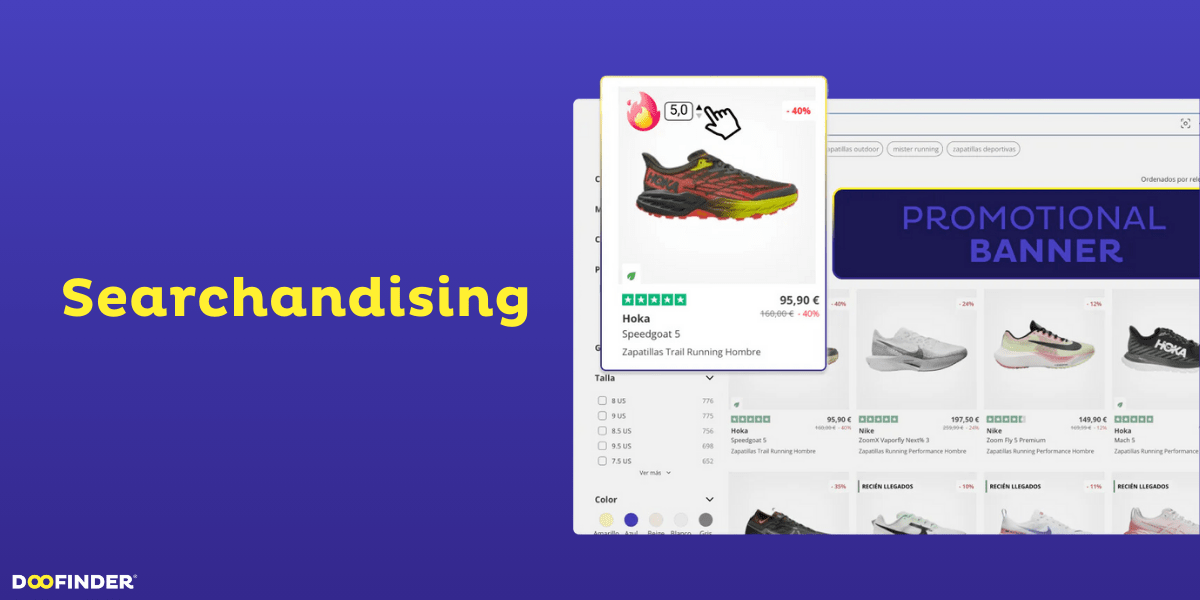
Here’s a scenario: Emma knows she needs a new office chair but isn’t sure where to start. She types “modern office chair” into the search bar on your site, and suddenly she’s hit with dozens of options, filters, and personalized suggestions—thanks to searchandising.
In 2025, “searchandising” (the blend of search and merchandising) will be a core strategy for product discovery. It’s not just about showing Emma what she asked for; it’s about guiding her through an expertly curated search experience where you promote products, bundles, or even limited-time offers in strategic ways.
Best practice: Use searchandising to strategically display products in search results that are most likely to resonate with your customers. For example, if Emma frequently browses ergonomic furniture, showcase ergonomic office chairs higher up in her search results.
7. Guided Search Filters

Emma might not always know exactly what she’s looking for. That’s where guided search filters come in. Imagine she’s interested in a new desk, but she’s unsure of the style. Your site’s guided search filters allow her to quickly select preferences like “minimalist,” “small-space-friendly,” and “under $300.” Now, instead of sifting through hundreds of products, she’s able to refine her search to exactly what fits her needs.
By 2025, a smart, user-friendly filtering system will be an essential part of the product discovery journey, especially as product catalogs grow larger and more complex.
Best practice: Ensure your site has guided search filters that help narrow down results quickly and intuitively. Use filters that make sense for your products, such as price ranges, styles, and customer reviews, to simplify the discovery process. Let your customers explore with ease, whether they know exactly what they want or need help refining their search.
8. Data-Driven Insights
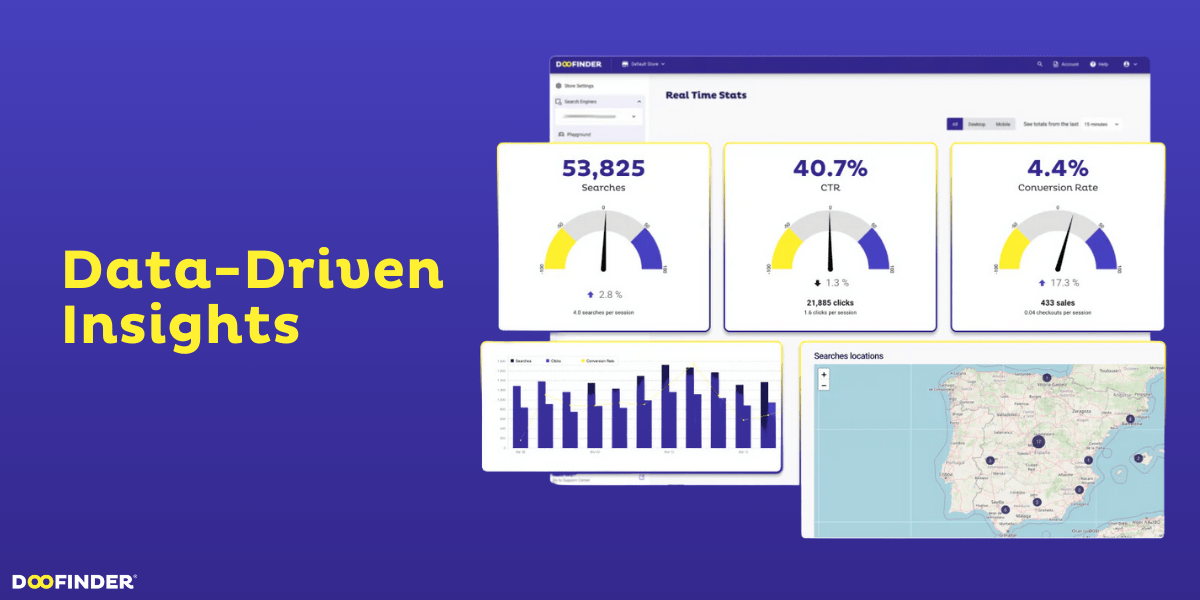
Let’s fast forward to the next day. Emma logs back onto your site, and based on her browsing history and recent purchase, your site already knows she’s into modern, minimalist home office setups. Thanks to data analytics, you’ve not only kept track of what she’s bought but also her preferences and habits, refining your product suggestions.
By 2025, the brands that thrive will be the ones who master the art of data-driven product discovery.
Best practice: Use data analytics tools to learn everything you can about Emma and customers like her. What are they searching for? What search results are they clicking on? Constantly refine your discovery process using these insights. The more you know, the better you can meet their needs.
9. Smarter Search
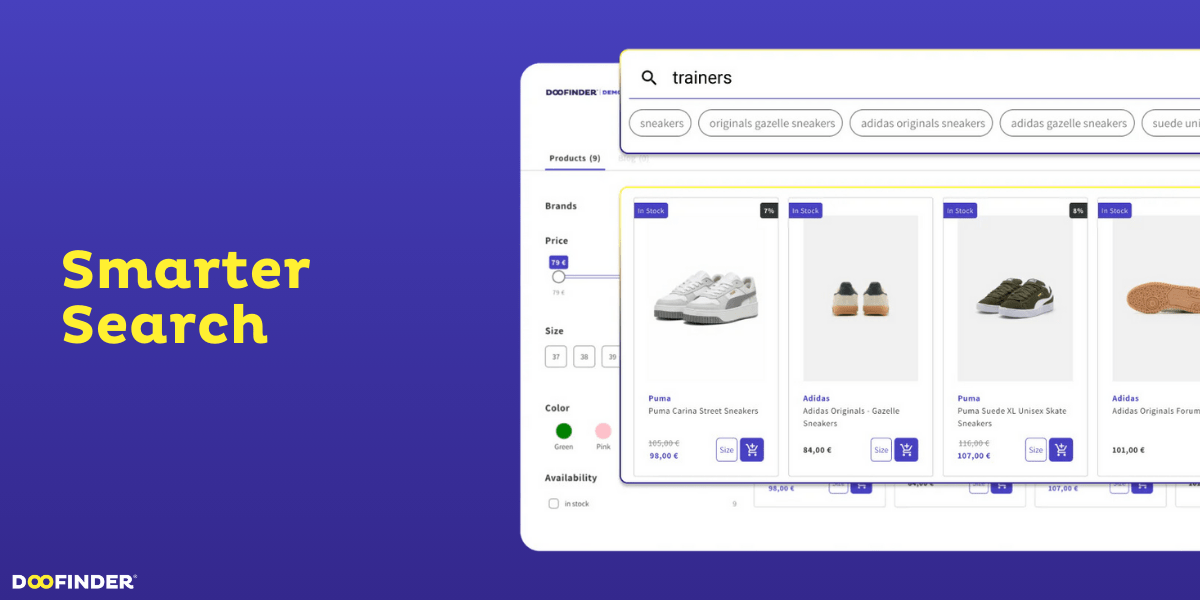
Emma types “modern desk chair” into your search bar. But what she’s really after is something stylish, ergonomic, and under $200. How does your search engine handle that? By 2025, search engines will be smarter, using AI to interpret intent and provide more accurate, helpful results.
Best practice: Implement AI-powered search features that can understand and interpret vague queries. Make sure filters are easy to use and product suggestions are relevant. A smooth search experience will help Emma find exactly what she’s looking for without getting frustrated.
10. Mobile Discovery
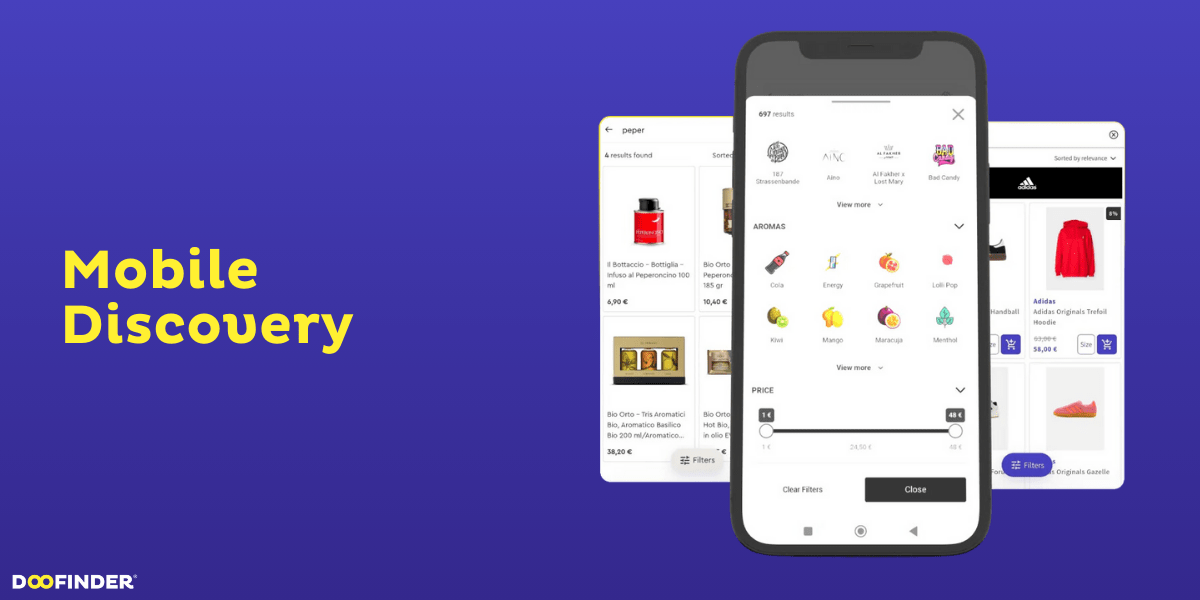
Emma does most of her shopping from her phone. Whether she’s commuting, lounging on the couch, or waiting in line at the store, her phone is her go-to shopping tool. By 2025, the majority of eCommerce transactions will happen on mobile, which means your site needs to be mobile-first.
Best practice: Design with mobile in mind. Ensure your product pages load quickly, navigation is intuitive, and search tools are optimized for mobile use. Swipeable galleries, easy filters, and lightning-fast load times will keep Emma engaged and help her discover products faster.
Prepare Your eCommerce for Product Discovery in 2025
As we approach 2025, the eCommerce industry is rapidly evolving, and product discovery is at the forefront of this transformation. The future of shopping isn’t just about what customers buy, but how they find it.
Emma’s story is a glimpse into this future. By implementing these 10 best practices today, you’ll be well-positioned to offer not just a website, but a dynamic and personalized discovery experience that feels effortless for every customer.
The right mix of technology, data, and customer-centric design will ensure that shoppers like Emma don’t just find what they’re looking for—they’ll discover products they never even knew they needed.
The time to act is now. The strategies you adopt today will define the success of your eCommerce tomorrow. Embrace the future and let every customer journey lead to meaningful discoveries.
***


